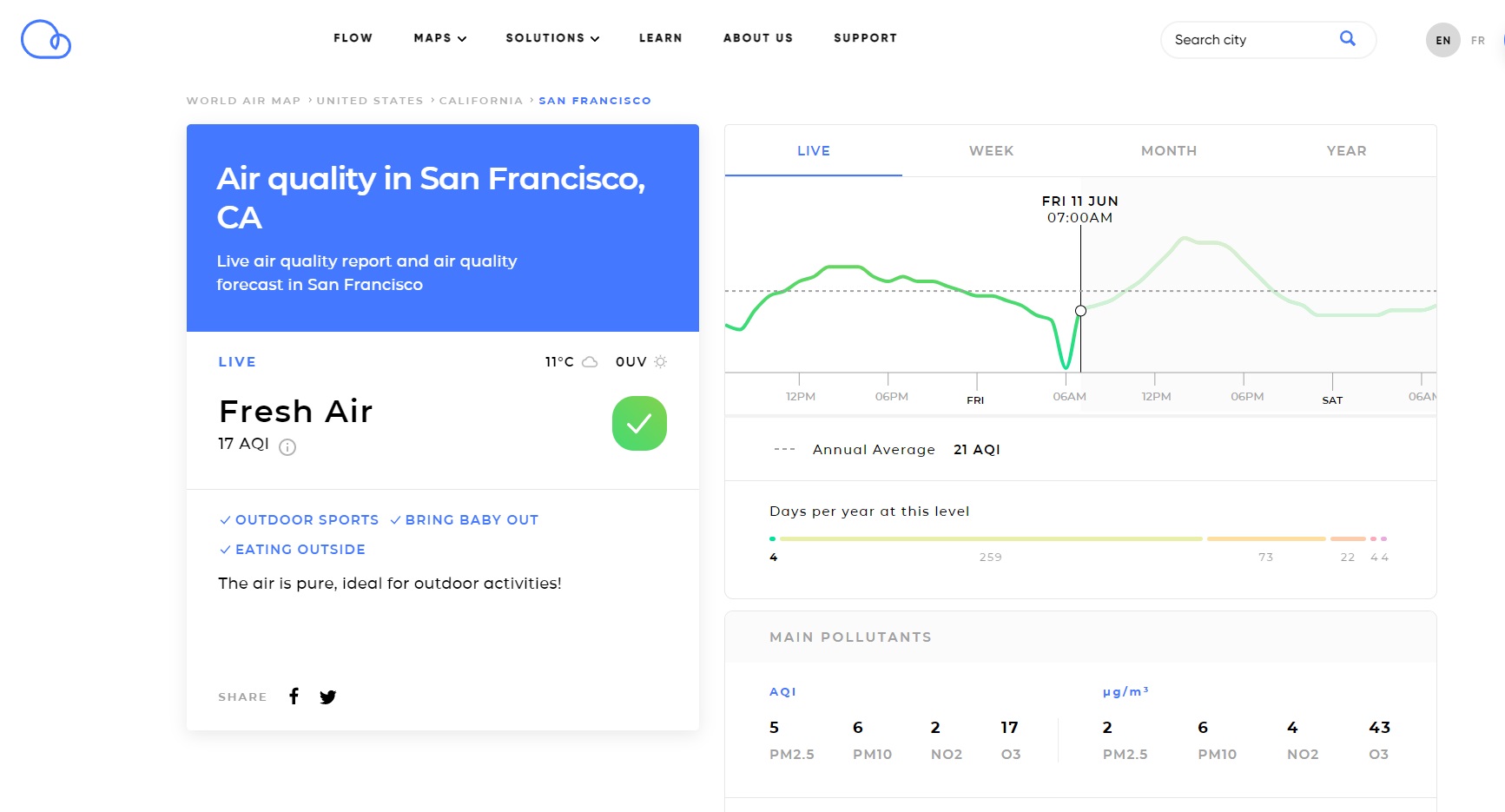Topic 5B - Tracking Air Quality
Air quality has attracted considerable scientific interest over the last few decades because it both directly and indirectly images a large number of social and economic activities – but above all it adversely affects human health and wellbeing.
Satellite remote sensing provides information with the required spatial coverage to monitor global air quality. Together with the application of ML algorithms, scientists are able to extract implicit relationships among variables in training datasets to address atmospheric inversion problems [Tor Vergata]
Sentinel-5P is the first Copernicus mission dedicated to monitoring our atmosphere. The satellite carries the state-of-the-art Tropomi instrument to map a multitude of trace gases such as nitrogen dioxide, ozone, formaldehyde, sulphur dioxide, methane, carbon monoxide and aerosols – all of which affect the air we breathe and therefore our health, and our climate. Information from the mission is used through CAMS for air quality forecast and for decision making.
Aboard Sentinel-5P is an instrument called Tropomi – it is a spectrometer that maps the global atmosphere with a resolution as high as 7km x 3.5km. At this resolution, air pouttion over cities can be detected
Featured Educators
- Tyler Knowlton
- Fabio Del Frate

©

©
Discussion




